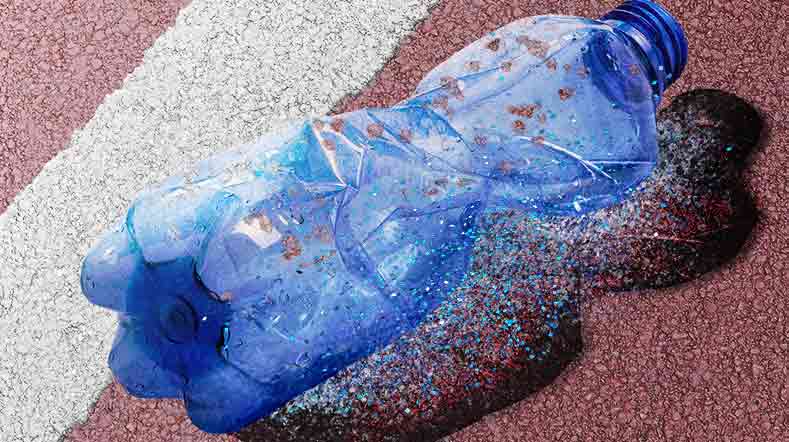
Microplastics in clothing: how can you play your part?
What you wear has an effect on the environment. After all, clothing gives off microplastics. In the Netherlands, textiles are the fourth-largest source of microplastics, emitting around 100 tonnes per year. Synthetic clothing releases small plastic particles (microplastics) when worn, washed, and dried. These particles also reach humans through air, water, and food, and yet their effects are largely unknown. Microplastics do not belong in our bodies. So, measures need to be taken to limit our exposure to them.
Want to know more about microplastics?
What are microplastics? What causes them? And how harmful can they be?
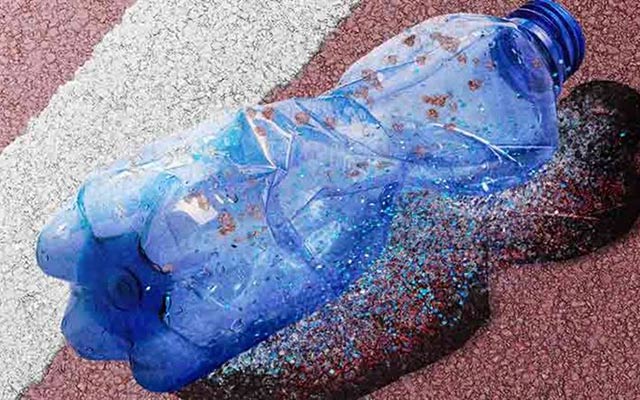
Discover the invisible impact of your clothes in the Microplastics Cleanroom at Lowlands
TNO makes science tangible. We bring research to places where you don’t expect it, like festivals. At the Lowlands festival, we will have a futuristic cleanroom, in the middle of the second-hand clothes market, where you can step into the role of researcher yourself.
Feel the difference between natural and synthetic fabrics, put on a lab coat, and measure your clothes for microplastic emissions. Thanks to TNO research, you can instantly see how many particles your outfit releases into the air. With a leader board, interactive games, and conversations with TNO experts, you will gain not only insights, but tips as well. Find out how you can make a difference.
Making polluting clothes more expensive and sustainable clothes more attractive
Unlike car tyres, textiles have a long lifespan: garments are washed repeatedly, releasing plastic fibres into the environment. But synthetic fibres such as polyester and nylon are difficult to substitute without compromising functionality.
That is why governments are focusing on better and more innovative materials. For existing clothing, additional measures such as financial incentives and transparency are needed to accelerate the transition to more sustainable clothing.
Recently, the first step was taken to speed up the move to more sustainable materials. Companies and environmental groups are looking to introduce a tax on plastics from fossil fuels in products such as clothing and electronics. This ‘circular lever’ would increase the cost of using new, polluting plastics, while exempting recycled and bio-based materials from these charges.
For example, a T-shirt made of 100% polyester (a commonly used synthetic fibre) could become up to €3 more expensive. If the garment were to contain two-thirds recycled material, then this would drop to €1. Fully sustainable clothing would be completely exempt from this levy. The principle behind this is that the polluter pays, so that sustainable choices ultimately become the norm.
How can you play your part?
What you wear is about more than style. It’s about how it affects the environment, fibre by fibre. As a consumer, you can help tackle this pollution. Opt for second-hand clothes more often or clothes made of natural materials such as cotton, linen, or wool. Wash your clothes only when really necessary, at lower temperatures and with a full drum. That is how you can make a big difference to the environment with small, conscious choices.

‘It is so cool to work with my colleagues and festival goers on such a socially important topic. It also makes the work at TNO incredibly versatile; from laptop to lab to Lowlands!’
Understanding microplastic fibre loss: the TNO measurement method
TNO has developed an innovative measurement method to accurately detect and quantify microplastic fibres emitted from clothing. Advanced spectroscopy and microscopy can be used to identify differences between materials such as polyester and nylon, as well as the influence of detergents, temperature, and filters. This method allows for targeted testing to see how effective solutions can be to reduce microplastic emissions. Together with partners, TNO is working on practical applications and behavioural change to reduce the impact of textiles on the environment.
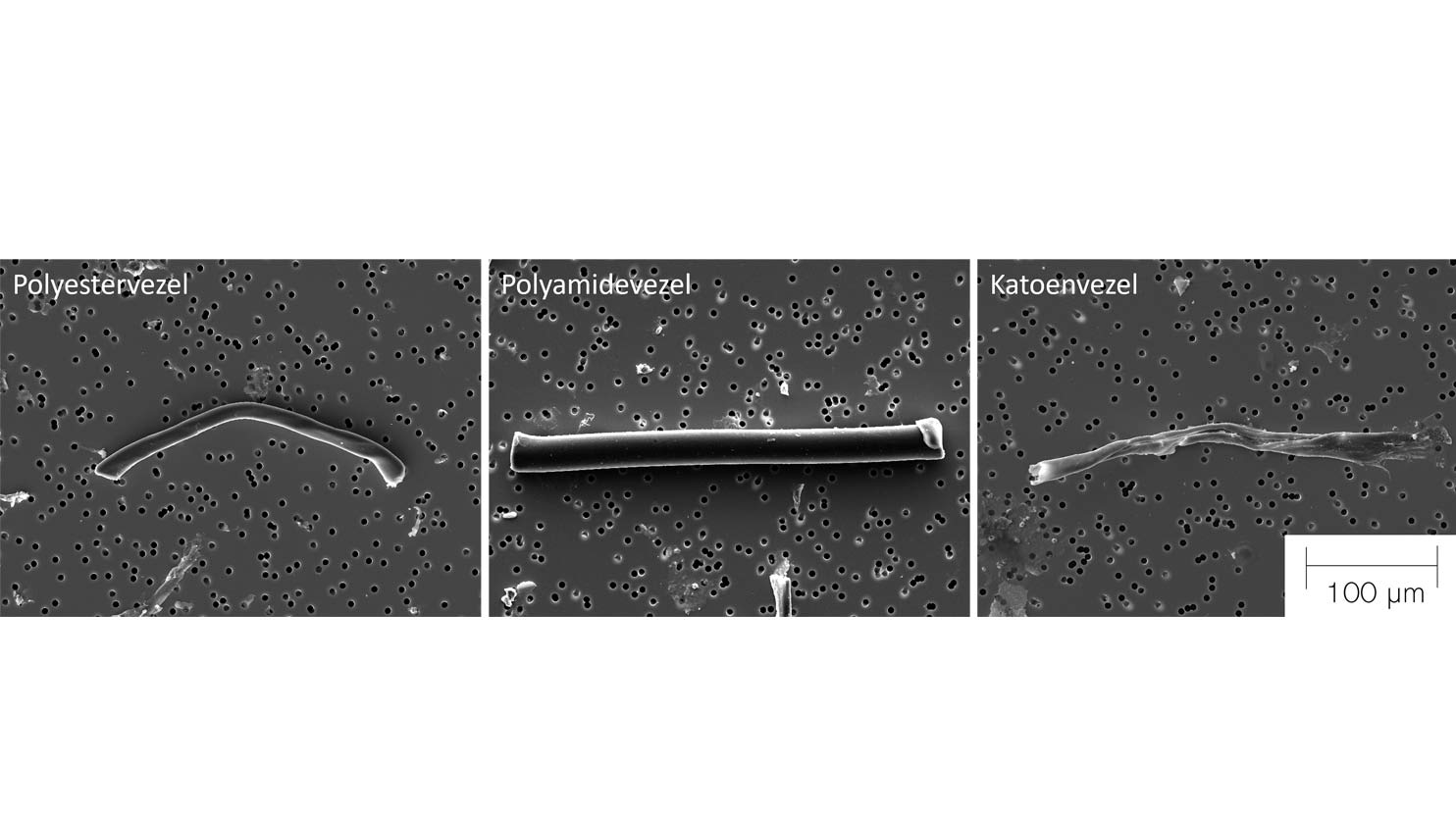
Is this issue important to your organisation? Or are you curious as to how this measurement method can help make your production process more sustainable? We’re keen to help you come up with solutions.
Get inspired
New method also considers environmental impact of microplastics
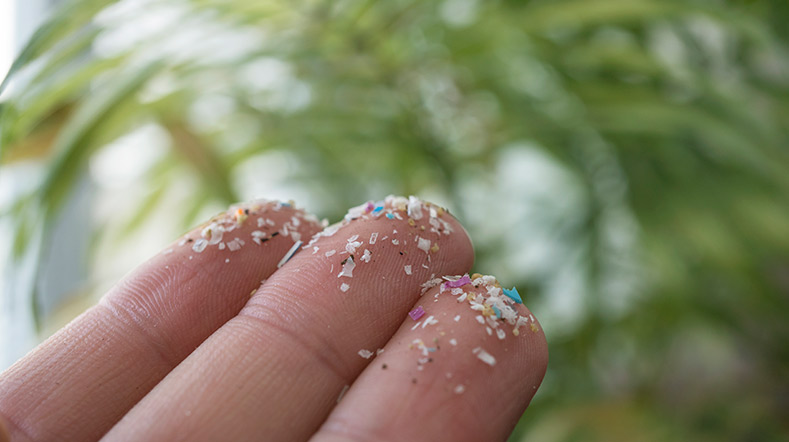

Microplastic aquatic impacts included in Life Cycle Assessment


Microplastics and packaging: reduction is achievable
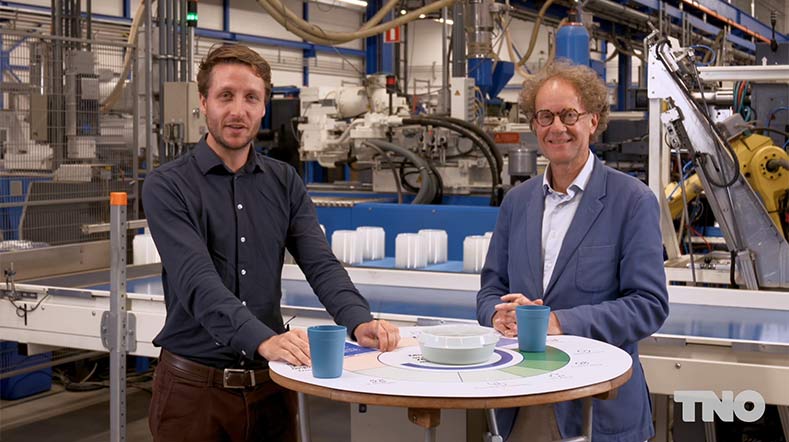

Time setters during the Ocean Race: a healthier world without microplastics
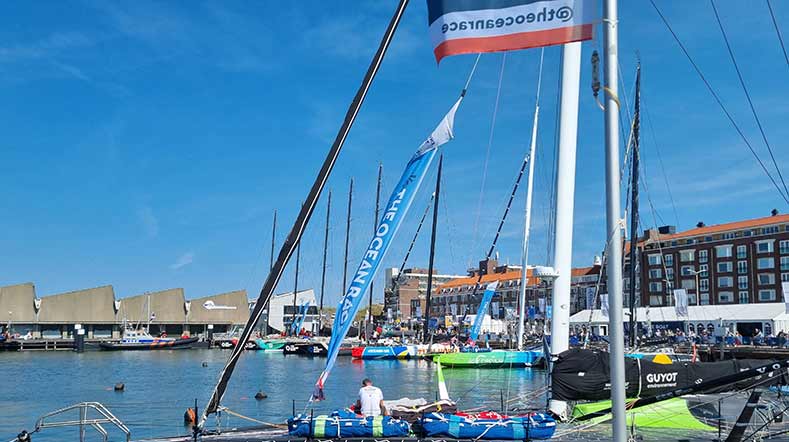

Surprisingly, in addition to packaging, car tyres and agricultural plastic biggest sources of microplastics in the Netherlands
